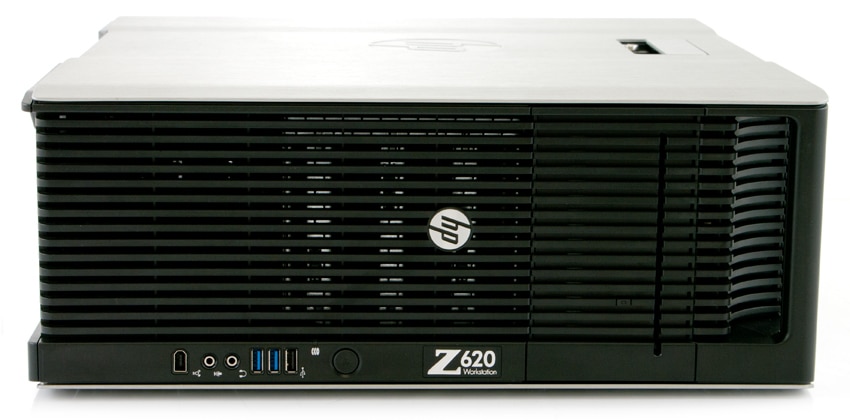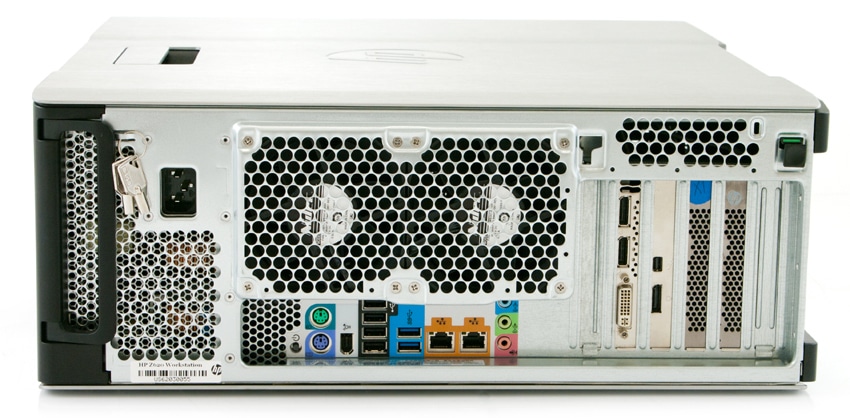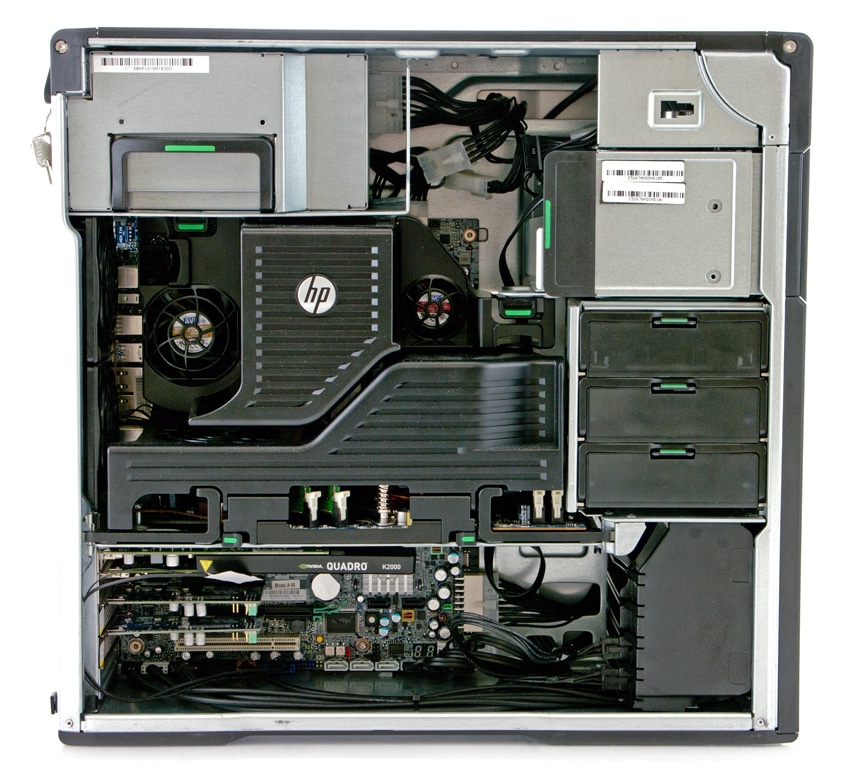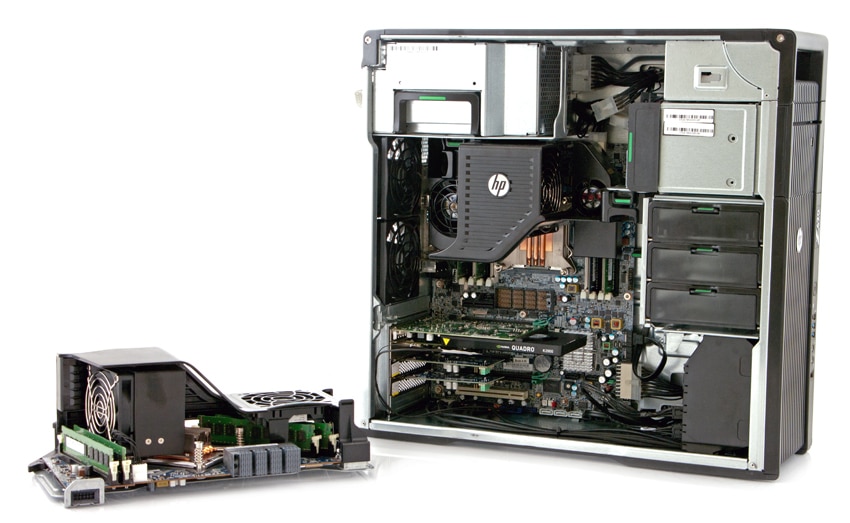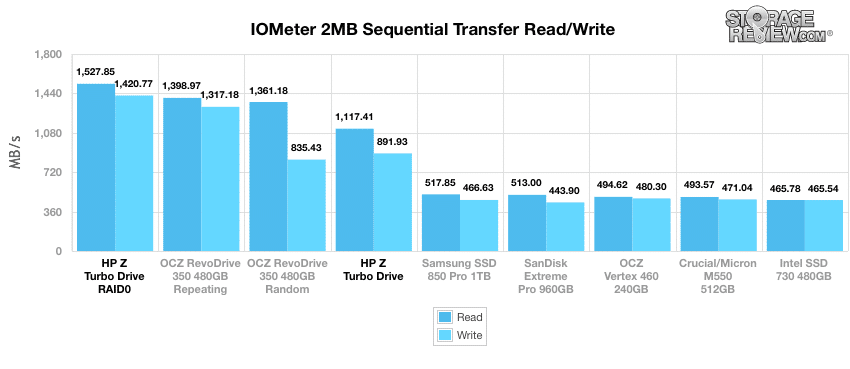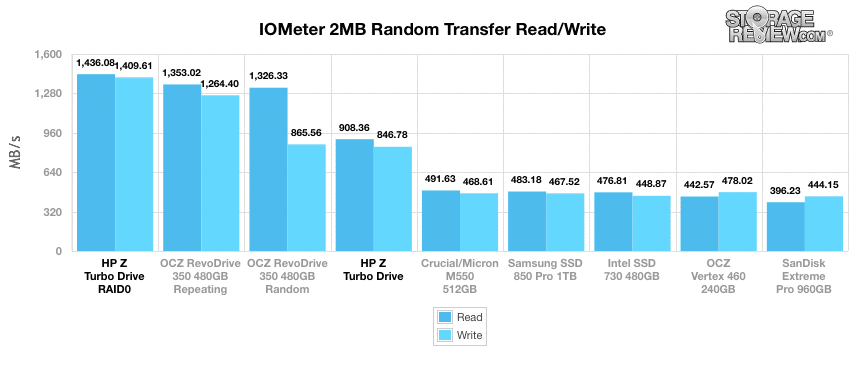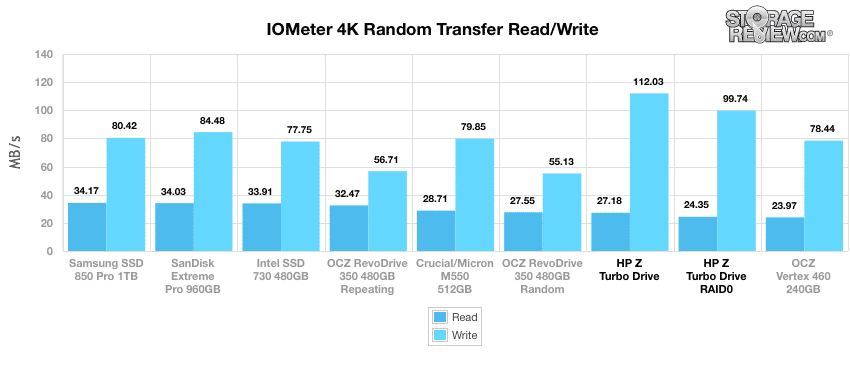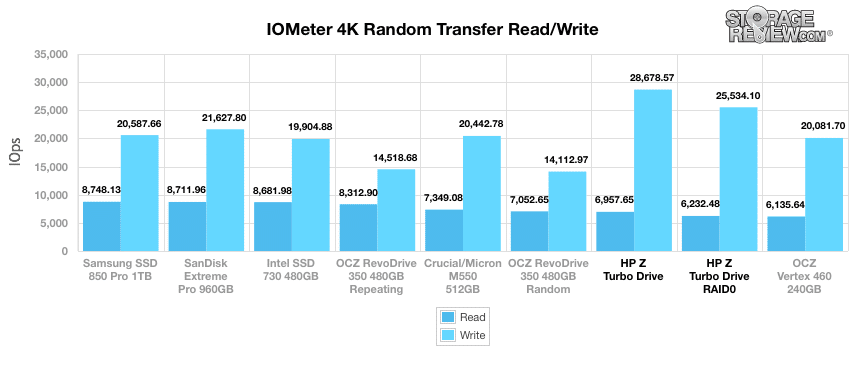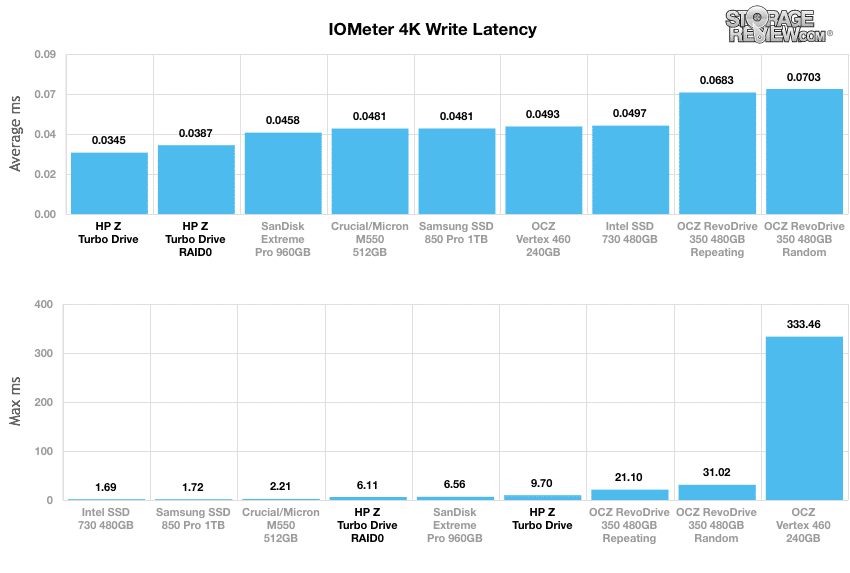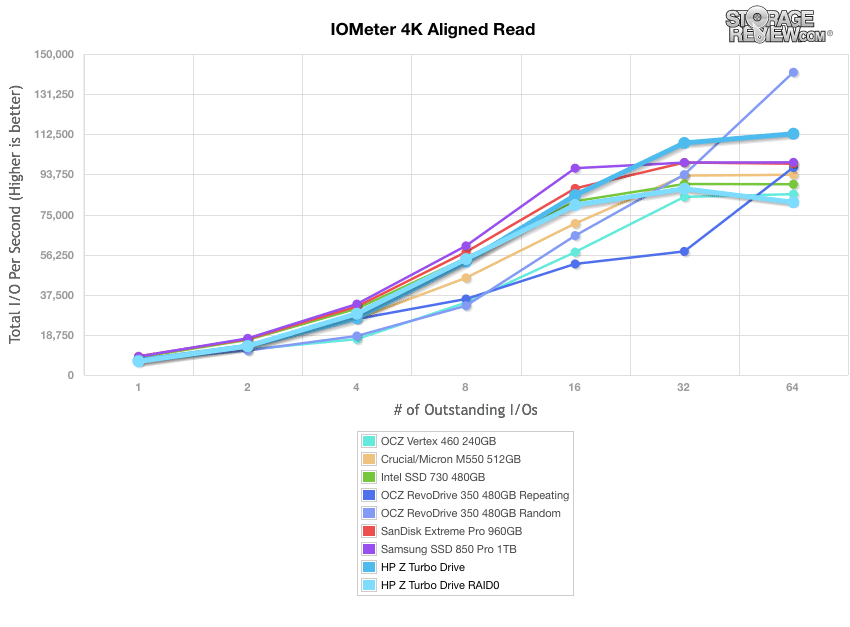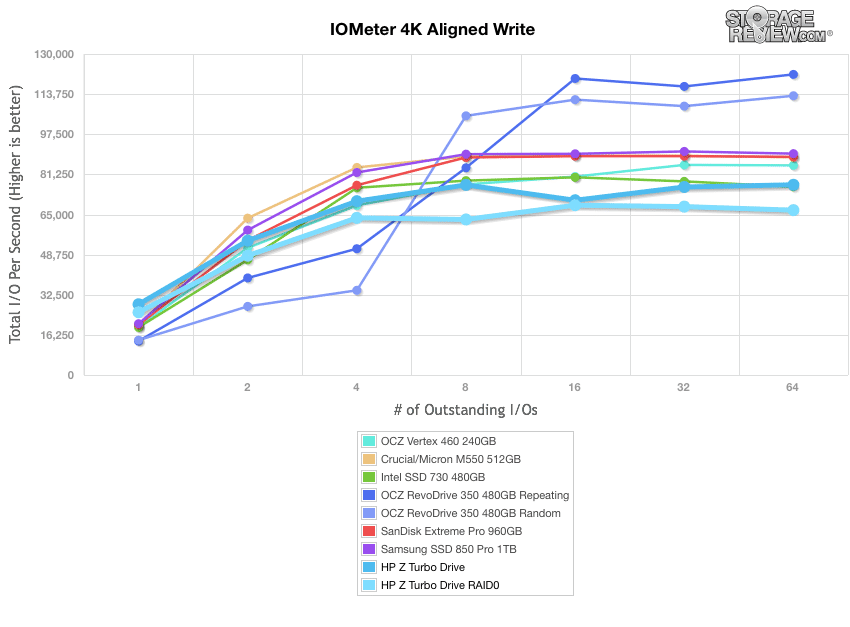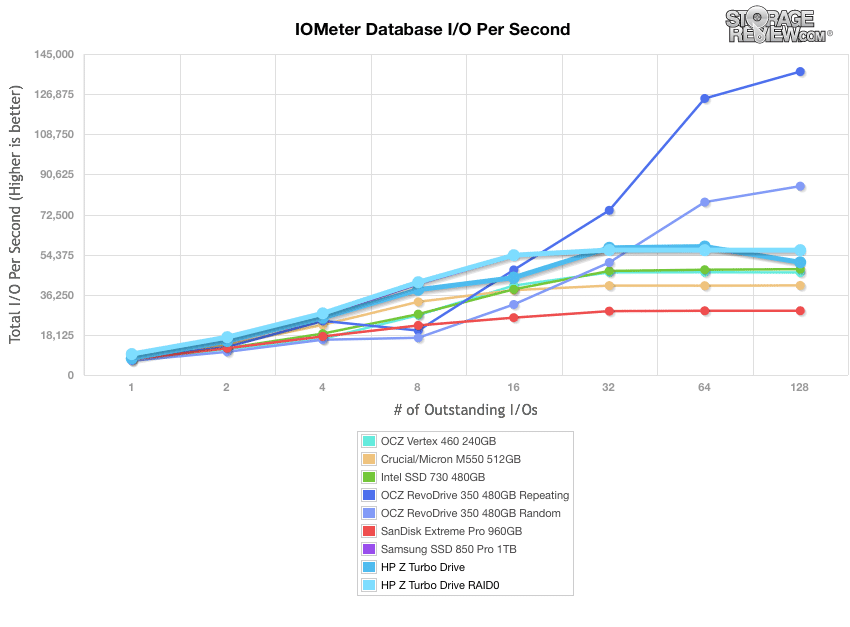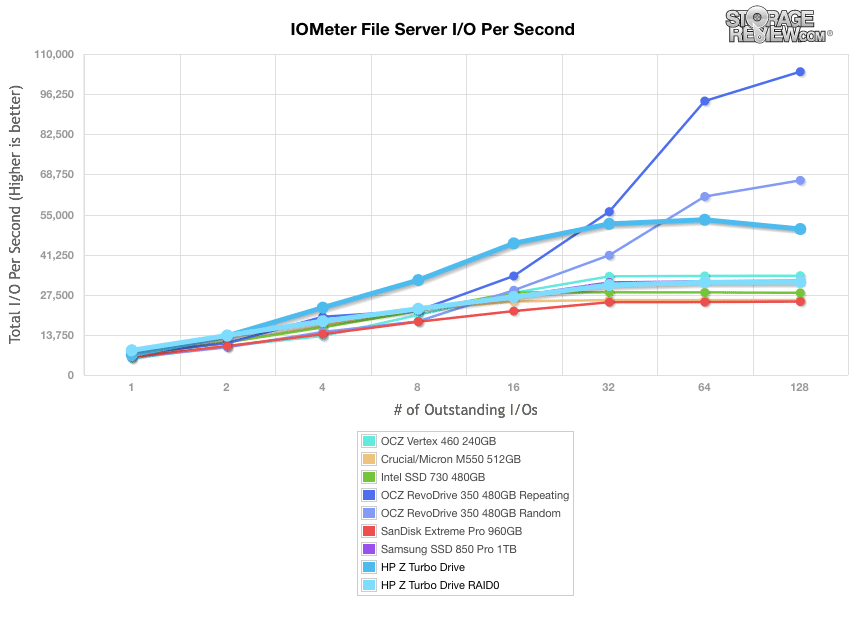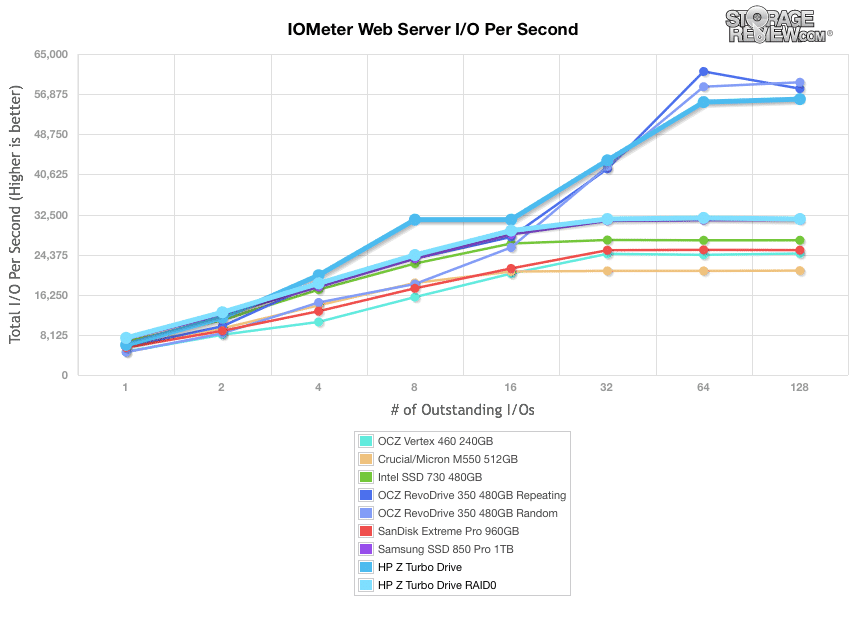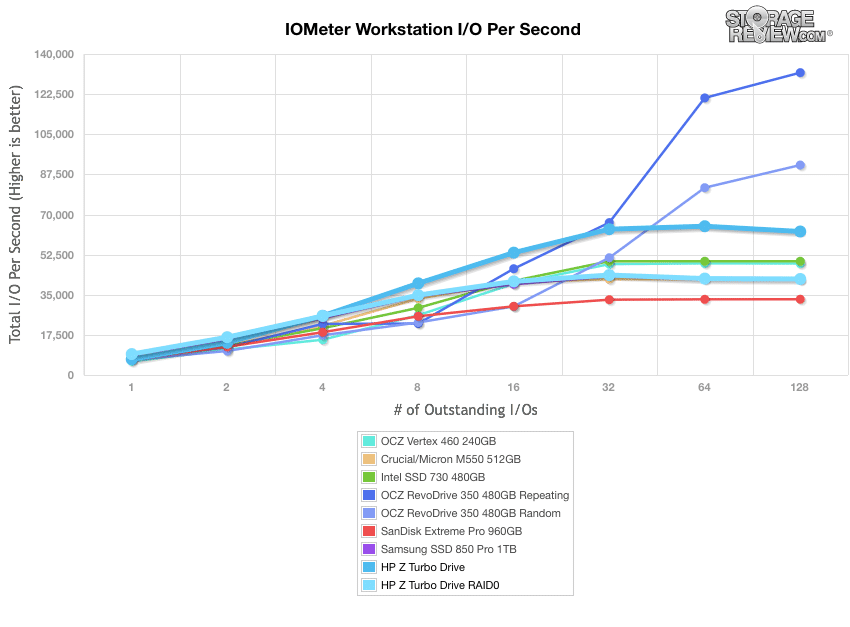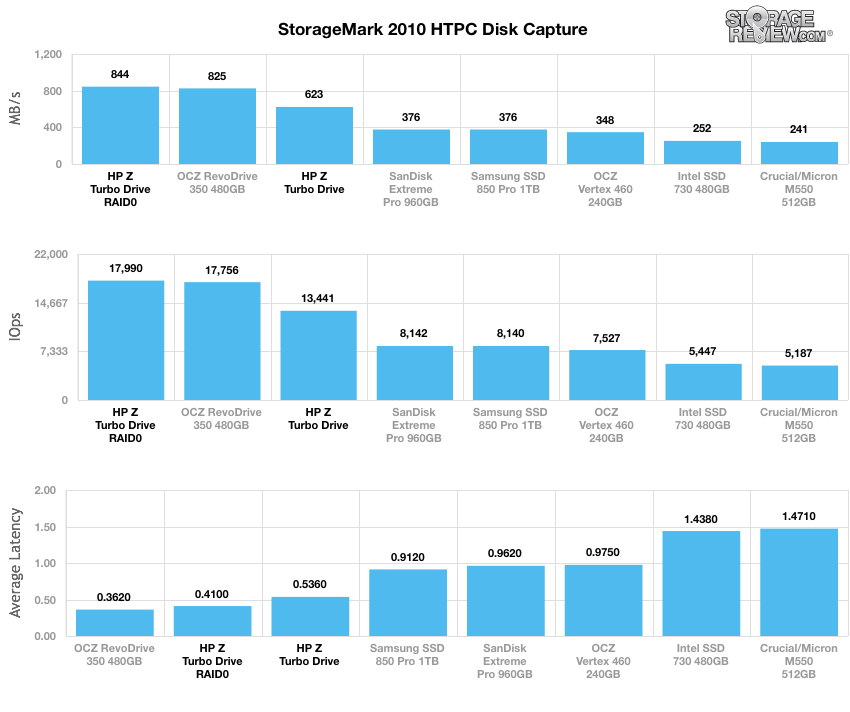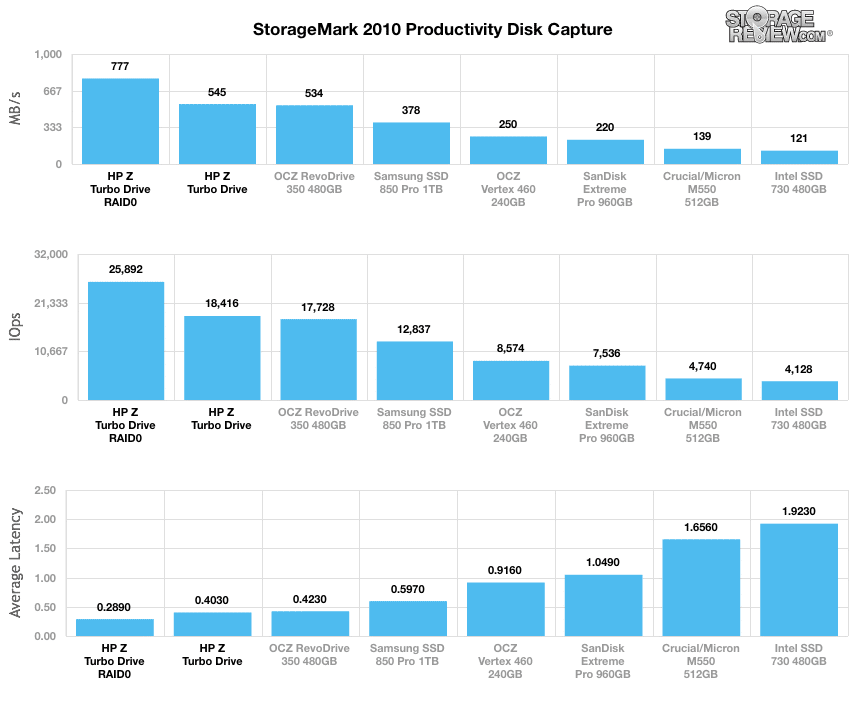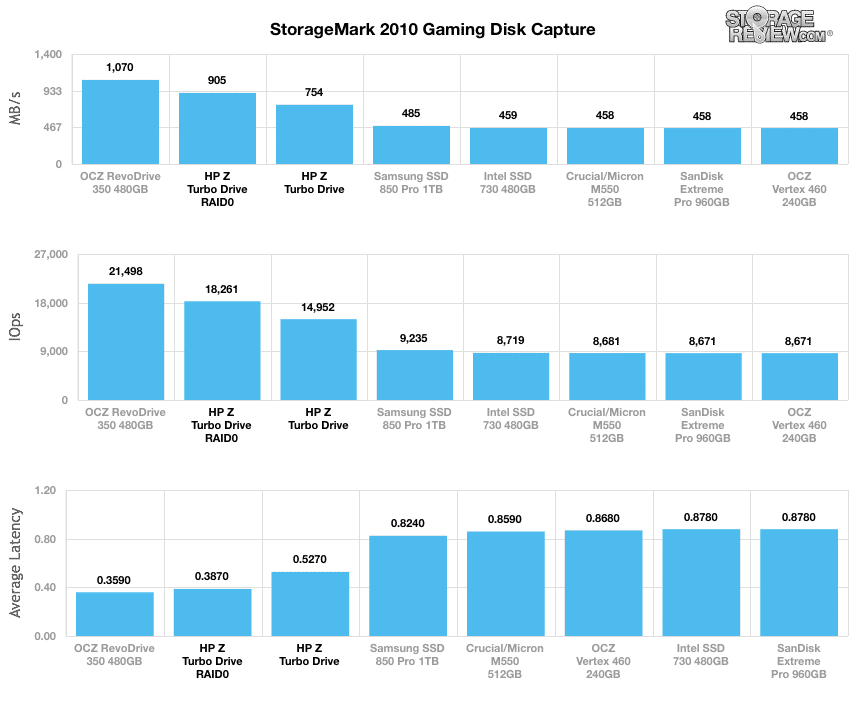
Like all HP workstations, the Z620 is designed to satisfy the ever-growing demands of professionals who work with large and complex datasets, complex 3D models, require multiple displays, or for businesses that just need a high-performance and reliable system for their employees. The HP Z620 Workstation is quoted to having four times the memory capacity compared to last generation systems, a larger power supply, and support for single- or dual-socket processor configurations. It is also equipped with (up to) 24 discrete processor cores, making the Z620 seems quite a powerhouse when it comes to computing and visualization horsepower. It offers all of this while having an unobtrusive build and footprint as well as producing very little noise when the workstation is doing its thing.
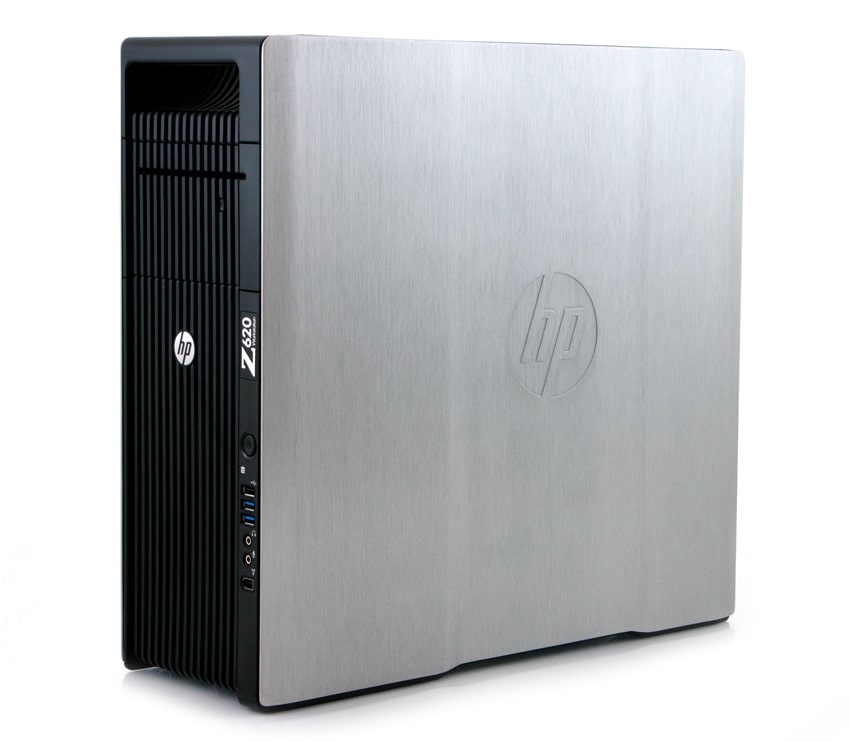
Looking deeper into the HP Z620’s technical specifications show some impressive hardware and support, including its compatibility for both Intel Xeon processor E5-2600 v2 and E5-1600 v2 families for a grand total of 27 different processors. Additionally, it also supports up to 192GB of the latest generation of system memory with 12 DIMM slots as well as integrated 1866MHz DDR3 memory subsystem, allowing the Z620 to be optimized for a 64-bit environment. As far as its power consumption goes, the new HP workstation uses and leverages an 800W 90% efficient power supply, which is ideal for high-end graphics cards if users choose to go that route. The HP Z620 also comes standard with 4x USB 3.0 ports as well as a 1-port Thunderbolt 2 and an HP IEEE 1394b FireWire PCIe cards. Users can also customize their HP Z620 Workstation with multiple different SATA and SAS RAID configuration options that support a variety of high-performance, high capacity storage solutions.
Perhaps the most impressive configurable storage option available with this HP Workstation is the option for HP Z Turbo Drives (256GB and 512GB capacities), as they add a ton of flexibility and power to the Z620. These PCIe drives offer up to twice the performance of standard high-performance SSDs, all at a similar price tag. The HP drives are based on the Samsung XP941 platform which offers peak sequential read throughput of up to 1170MB/s and writes up to 930MB/s.
Our HP Z620 build consists of 2 x Intel Xeon E5-2637 v2 4C 3.5GHz, 8 x 8GB 1866MHz RDIMM, a NVIDIA K2000 graphics card, 256GB Micron SSD for boot storage, 2 x 512GB Z Turbo as primary storage, Windows 8.1, DVD optical drive, and a Thunderbolt add-in card, all of which goes for a configured price of $10,216.
HP Z620 Workstation Specifications
- Operating system
- Windows 8.1 Pro 64
- Windows 8.1 Single Language 64
- Windows 7 Professional 64 (available through downgrade rights from Windows 8.1 Pro 64)
- Windows 7 Professional 32 (available through downgrade rights from Windows 8.1 Pro 64)
- Windows 7 Ultimate 64
- Windows 7 Professional 64
- Windows 7 Professional 32
- SUSE Linux Enterprise Desktop 11
- HP Installer Kit for Linux
- Processors
- Intel Xeon E5-2643 (3.3GHz, 10MB cache, 4 cores)
- Intel Xeon E5-2620 (2GHz, 15MB cache, 6 cores)
- Intel Xeon E5-2697 v2 (2.7GHz, 30MB cache, 12 cores)
- Intel Xeon E5-2695 v2 (2.4GHz, 30MB cache, 10 cores)
- Intel Xeon E5-2690 v2 (3GHz, 25MB cache, 10 cores)
- Intel Xeon E5-2680 v2 (2.8GHz, 25MB cache, 10 cores)
- Intel Xeon E5-2670 v2 (2.5GHz, 25MB cache, 10 cores)
- Intel Xeon E5-2667 v2 (3.3GHz, 25MB cache, 8 cores)
- Intel Xeon E5-2660 v2 (2.2GHz, 25MB cache, 10 cores)
- Intel Xeon E5-2650 v2 (2.6GHz, 20MB cache, 8 cores)
- Intel Xeon E5-2643 v2 (3.5GHz, 25MB cache, 6 cores)
- Intel Xeon E5-2640 v2 (2GHz, 20MB cache, 8 cores)
- Intel Xeon E5-2637 v2 (3.5GHz, 15MB cache, 4 cores)
- Intel Xeon E5-2630 v2 (2.6GHz, 15MB cache, 6 cores)
- Intel Xeon E5-2620 v2 (2.1GHz, 15MB cache, 6 cores)
- Intel Xeon E5-2609 v2 (2.5GHz, 10MB cache, 4 cores)
- Intel Xeon E5-2603 v2 (1.8GHz, 10MB cache, 4 cores)
- Intel Xeon E5-1660 (3.3GHz, 15MB cache, 6 cores)
- Intel Xeon E5-1650 (3.2GHz, 12MB cache, 6 cores)
- Intel Xeon E5-1620 (3.6GHz, 10MB cache, 4 cores)
- Intel Xeon E5-1607 (3GHz, 10MB cache, 4 cores)
- Intel Xeon E5-1603 (2.8GHz, 10MB cache, 4 cores)
- Intel Xeon E5-1680 v2 (3GHz, 25MB cache, 8 cores)
- Intel Xeon E5-1660 v2 (3.7GHz, 15MB cache, 6 cores)
- Intel Xeon E5-1650 v2 (3.5GHz, 12MB cache, 6 cores)
- Intel Xeon E5-1620 v2 (3.7GHz, 10MB cache, 4 cores)
- Intel Xeon E5-1607 v2 (3GHz, 10MB cache, 4 cores)
- Chipset
- Intel C602
- Form factor
- Rackable minitower
- Memory
- Maximum Memory
- 96GB 1600MHz DDR3 Unbuffered SDRAM
- 96GB 1600MHz DDR3 Registered SDRAM
- Maximum Memory
- Memory slots
- Up to 12 DIMMs (8 DIMMs on system board, 4 DIMMs on 2nd CPU & Memory Module)
- Storage
- Internal drive bays
- Three 3.5"
- External drive bays
- Two 5.25"
- Storage controller
- Integrated SATA 6.0Gb/s; Integrated SATA 3.0Gb/s with RAID0, 1, 10 support; LSI 9270-8i SAS 6.0Gb/s ROC RAID (optional); LSI 9217-4i4e 8-port SAS 6.0Gb/s RAID (optional)
- Internal drive bays
- Optical drive
- SATA DVD-ROM
- SATA SuperMulti DVD+/-RW
- SATA Blu-ray writer
- Graphics
- Professional 2D:
- NVIDIA NVS 310 (512MB)
- NVIDIA NVS 315 (1GB)
- NVIDIA NVS 510 (2GB)
- Entry 3D:
- NVIDIA Quadro 410 (512MB);NVIDIA Quadro K600 (1GB)
- AMD FirePro V3900 (1GB)
- Midrange 3D:
- NVIDIA Quadro K2000 (2GB)
- High-end 3D:
- NVIDIA Quadro K4000 (3GB)
- NVIDIA Quadro K5000 (4GB)
- AMD FirePro W7000 (4GB)
- NVIDIA Quadro K6000 (12GB)
- High Performance GPU Computing:
- NVIDIA Tesla K20c
- NVIDIA Tesla K40
- Professional 2D:
- Expansion features
- Ports
- 4 USB 3.0
- 5 USB 2.0
- 2 IEEE 1394a
- 2 microphone
- 1 headphone
- 2 RJ-45
- 1 audio line in
- 1 audio line out
- 1 line in
- 2 PS/2
- (HP Thunderbolt 2 1-port PCIe card (optional); HP IEEE 1394b FireWire PCIe card (optional); 6 internal USB 2.0 available by 3 separate 2×5 headers)
- Ports
- Expansion slots
- 2 PCIe Gen3 x16
- 1 PCIe Gen3 x8
- 1 PCIe Gen2 x8
- 1 PCIe Gen2 x4
- 1 PCI
- 1 14-in-1 media card reader (optional)
- Network interface
- Integrated Intel 82579LM PCIe gigabit controller
- Broadcom 5761 NetXtreme gigabit NIC (optional)
- HP 361T PCIe dual-port gigabit NIC (optional)
- Intel Gigabit CT Desktop NIC (optional)
- HP X520 10 GbE dual-port adapter (optional)
- HP 10 GbE SFP+ SR transceiver (optional)
- Intel Ethernet I210-T1 PCIe NIC (optional)
- Audio
- Integrated High Definition Realtek ALC262; Creative Recon3D PCIe Audio Card (optional); HP Thin USB Powered Speakers (optional)
- Power and operating requirements
- Energy efficiency
- ENERGY STAR qualified configurations available
- Power supply
- 800W 90% efficient wide-ranging, active PFC
- Energy efficiency
- Dimensions and weight
- Dimensions (W x D x H): 17.15cm x 46.48cm x 44.45cm (6.75" x 18.3" x 17.5")
- Weight: Starting at 15.5kg (Starting at 34.2lbs)
- (Exact weight depends upon configuration.)
- Warranty: Protected by HP Services, including a 3 years parts, 3 years labor, and 3 years onsite service (3/3/3) standard warranty. Terms and conditions vary by country. Certain restrictions and exclusions apply.
Design and build
On the outside, the HP Z620 looks very similar to other previous Z Workstations (such as the Z420), with its simple no frills–yet rugged and clean–design and all metal black casing. The majority of the front panel consists of a ventilation grid for maximum cooling. We thought the addition of the handle on the front was a nice touch, as it allows this sturdy rig to be easily moved around the office. There are various components located on the front panel, such as the three USB ports (2x 3.0, 1x 2.0), a microphone and head phone connector, HD drive activity light, an IEEE-3194a FireWire connector and an optional optical drive.
Rear panel components include audio connectors, six USB ports (2x 3.0, 4x 2.0), RJ-45 network connectors (bottom connector is AMT enabled), PS/2 connectors for legacy mouse and keyboard, and another IEEE-3194a FireWire connector. Also visible are two rear fans.
When the side panel is removed to access the interior of the Z620, it is immediately clear that the Workstation is indeed very compact, as HP claims. That being said, there is more than enough room to maneuver your hands for upgrades and removal of components. The interior is also intelligently designed and laid out as well as very easy to service and maintain since no tools (e.g. screwdrivers) are required.
The HP Z620 supports a plethora of features and components including our two Intel Xeon E5-2637 v2 4C 3.5GHz and eight 8GB 1866MHz RDIMM memory. With its C602 chipset, it is capable of boasting greater system performance as well as an abundance of storage options. The motherboard supports up to 12 DIMMs (8 DIMMs on system board, 4 DIMMs on 2nd CPU & Memory Module), 6 SATA devices (2 ports 6Gb/s + 4 ports 3Gb/s), 11 USB 2.0 ports, 4 USB 3.0, and dual integrated Intel GbE LAN for network connectivity. Also included on the motherboard are two x16 slots for graphics cards, one x8 slot, one x4 slot, and four x1 slots, the latter which is for legacy support.
Its on-board storage connectivity provides 6 SATA ports: 4 support SATA2.0 3Gb/s and other two support SATA3.0 6Gb/s. Both SATA 3.0 and 2.0 ports can configured in RAID0, 1, 5 and 10. An optional SAS controller can be installed LSI 9212-4i 4-port SAS 6Gb/s, which is RAID0, 1, 10 capable.
Overall, the Z620 is very intelligently designed, with its tool-less chassis, quiet running technology, and expandability options, the latter which allows users to upgrade and their needs grow in complexity and size.
Use Cases
The HP Z620 is a highly configurable workstation that can be customized to suit variety of use cases, including those from the media and entertainment industry, professional workplace (CAD, high-end computing) and industries that use geographic information systems (GIS). For example, GIS computer systems depend heavily on performance in 3D imaging and geospatial mapping. The Z620 can be customized and equipped with the hardware necessary for the I/O, memory, processing, and visualization performance required to process large data sets and geospatial software applications.
The HP Z displays (which can be included when configuring your workstation) are designed and engineered to perform deliver maximum image performance and accuracy, due to its vivid IPS panels, 178-degree viewing angles, and up to 10x the contrast ratio of mainstream displays, all of which are important in the GIS industry. The HP Z620 can also be configured to deliver the processing power, memory performance and graphic capabilities needed in order to accelerate intricate 3D spatial models and feature extraction. In addition, because GIS computers are constantly under rigorous system testing, customers can purchase the 3/3/3 (3 years parts, 3 years labor, and 3 years onsite service) warranty for peace of mind.
The HP Z620 workstation is also built for the media and entertainment industries with its hefty components of multi-core processors, large memory capacities, high-end GPUs, and technologies such as Thunderbolt connection for I/O connectivity and HP DreamColor technology to maintain consistent color across digital workflows; all of which are vital for seamless job efficiency. These specifications allow users to work with multiple audio files, 3D rendering programs, and other resource intensive applications that the industry uses in animation/3D/Visual Effects, game development, photography, graphic design, and video and film editing.
The HP Z620 workstation also caters to the Architecture, Engineering and Construction (AEC) industry, which depend on high performance, expandability, and ultimate reliability in order finish their projects (e.g. BIM and CAD) on schedule. Additionally, the Z620 uses a tool-free build, is to easy maintain and includes HP Performance Advisor and HP Remote Graphics Software, all of which are important in the AEC industry. Performance Advisor allows works to get a consolidated report of their workstation’s hardware and software configuration and allows them to tune their system specifically for professional application in a few easy steps using a very user-friendly and intelligent interface. It also identifies and tracks the use of memory, CPU, and other resources in order to prevent bottlenecks. The Remote Graphics Software (RGS) software gives workers the ability to access the performance and reliability of their Z620 Workstation from any location. In addition, workers can collaborate in real time with multiple colleagues at once using its share screen functionality, giving them the option of grant view-only or full interactive access.
Graphics
The HP Z620 offers a lot of punch when it comes to GPU power, as it is specifically designed for rendering graphics and heavy business applications with its high-end graphics cards and GPU options that are certified by independent software vendors. Users will have a wide range of hardware from NVIDIA and AMD available to them while customizing their system: professional 2D level (NVIDIA NVS series), entry level 3D (NVIDIA Quadro 410 and NVIDIA Quadro K600; AMD FirePro V3900) mid-range level 3D (NVIDIA Quadro K2000), high-end level 3D (NVIDIA Quadro K4000, K5000, K6000; AMD FirePro W7000), and high performance GPU computing cards (NVIDIA Tesla K20c and K40).
Users also can equip their systems with up to four graphics cards, though the third and fourth cards must match the second. This level of selection really allows the Z620 to satisfy a wide range business needs; whether it’s to support multiple displays at peak HD resolutions or to just simply increase productivity. That being said, GPUs and graphics cards are not included in the base model.
Storage
The HP Z620 features a plethora of storage options to suit a variety of needs from the target audiences highlighted above. It is built with three 3.5" internal drive bays and two externally accessed 5.25" bays, giving users the ability to choose from a variety of storage solutions including SATA 7.2K/10K, SAS 10K/15K, and SSDs. The following drives can be included within the HP Z620 Workstations:
SATA HDD
- 500GB SATA 7200RPM 6Gb/s 3.5" HDD
- 500GB SATA 7200RPM SED SFF HDD
- 1TB SATA 7200RPM 6Gb/s 3.5" HDD
- 2.0TB SATA 7200RPM 6Gb/s 3.5" HDD
- 3.0TB SATA 7200RPM 6Gb/s 3.5" HDD
- 250GB SATA 10kRPM SFF HDD
- 500GB SATA 10kRPM SFF HDD
- 1TB SATA 10kRPM SFF HDD
SATA SSDS
- HP 128GB SATA 6Gb/s SSD
- HP 256GB SATA 6Gb/s SSD
- HP 256GB SATA 6Gb/s SED SSD
- HP 512GB SATA 6Gb/s SSD
- Intel Pro 1500 180GB SATA SSD
- Samsung SM843T 240GB SATA SSD
- Samsung SM843T 480GB SATA SSD
PCIe Storage
- HP Z Turbo Drive 256GB PCIe SSD
- HP Z Turbo Drive 512GB PCIe SSD
HP offers RAID support with the Integrated 6-channel SATA controller, which is equipped with 2 ports at 6Gb/s and 4 ports 3Gb/s with RAID0, 1, 5, 10 compatibility; as well as an optional SAS controller, the LSI 9212-4i 4-port SAS 6Gb/s, with RAID0, 1, 10 capability.
Of all the storage options listed above, the one that is capable of making the biggest impact is the HP Z Turbo Drive (available in capacities of 256GB and 512GB), which is their M.2 PCIe-based SSD storage solution (Samsung XP941) designed to reduce boot up, calculation, and graphics response times. These PCIe drives are also architected to handle large files and reduce bottlenecks by connecting directly to the PCIe infrastructure of the Z620, giving users the ability to integrate their performance by combining the HP Z Turbo Drive with other higher capacity drives. The Z Turbo drives will support storage configurations as both a Boot and as a Data device.
The HP Z Turbo Drives offer some very impressive performance capabilities that can clearly handle the most resource-heavy workloads businesses throw its way. HP quotes blistering peak sequential read/write speeds at 1.08GB/s/800MB/s and 1.17GB/s/930MB/s for the 256GB and 512GB models respectively, as well as a read and write IOPS of 120K/60K and 122K/72K. Coupling its performance with its 146TB and 292TB of write endurance (Total Bytes Written), the addition of the HP Z Turbo Drive adds a lot of flexibility to the Z620 workstation. Not only that, the HP Z Turbo is one of the highest price/performance ratio for client grade SSDs on today's market.
Consumer Synthetic Workload Analysis
All consumer SSD benchmarks are conducted with the mid-range StorageReview Consumer Testing Platform. The comparables used for the review below include:
- OCZ Vertex 460 (240GB, Indilinx Barefoot 3 BF3-M10, 19nm MLC NAND, SATA)
- Crucial/Micron M550 (512GB, 400MHz Samsung 3-core MCX controller, Samsung 1x nm Toggle NAND Flash, SATA)
- Intel SSD 730 (480GB, Intel PC29AS21CA0 controller, 20nm Intel MLC NAND, SATA)
- Samsung SSD 850 Pro (1TB Samsung 32 layer 3D V-NANDND, Samsung MEX S4LN045X01-803 controller, SATA)
- SanDisk Extreme Pro (960GB, SanDisk 1Ynm, eX2 ABL MLC Flash, SATA)
- OCZ RevoDrive 350 (480GB, 19nm Toshiba MLC flash, PCIe)
All IOMeter figures are represented as binary figures for MB/s speeds. It should be noted that all of the comparables are SATA-based.
During our first test, which measures 2MB sequential performance, the HP Z Turbo Drive tripled its speed compared to its SATA competition, boasting read and write speeds of 1,527.9MB/s and 1,420.8MB/s respectively in RAID0, taking top spot. In a non-RAID configuration, the Z Turbo posted 1,117.4MB/s read and 891.9MB/s write. The OCZ RevoDrive 350 480GB Repeating was hot on its tail with 1,399.0MB/s read and 1,317.2MB/s write.
In our 2MB random transfer performance test, the HP Z Turbo Drive posted extremely fast RAID0 (1,436.1MB/s read and 1,264.4MB/s write) and Non-RAID speeds (908.4MB/s read and 846.8MB/s write), the former being the top performer. The OCZ RevoDrive 350 480GB drive in Repeating configuration once again was trailing.
When switching to smaller 4K random transfers, the PCIe drives were temporarily brought down to their SATA comparables’ level in the read column. The HP Z Turbo Drive in RAID0 (24.3MB/s read, 99.7MB/s write) and non-RAID (27.2MB/s read, 112.0MB/s write) performed towards the middle of the pack.
In our next test, we look at 4K Random Transfers IOPS. In this setting, the HP Z Turbo Drive performed at the bottom of the pack for reads, but took top place in writes (28,678.6IOPS RAID0, 25,534.1IOPS non-RAID).
Our 4K Write Latency tests showed that the HP Z Turbo Drive had the lowest average latency but its max latency was a bit higher, placing near the middle of the pack.
In our next test, we shift to a 4k random workload with 100% read activity that scales from 1QD to 64QD. In this setting the HP Z Turbo Drive couldn’t touch the OCZ RevoDrive, which posted twice as fast results. The HP Turbo Drive’s non-RAID configuration posted its best results, ranging from 28,634IOPS to 77,029IOPS, though that still placed it at the bottom of the pack along with its RAID0 counterpart.
When looking at write activity, the OCZ RevoDrive 350 continued to dominate the charts with 14,116.2IOPS at QD1 and peaking at just over 113,084IOPS at QD64 Random. The HP Z Turbo Drive showed improvement, taking second spot in its non-RAID configuration, with a Q64 IOPS of 112,749.
Our last series of synthetic benchmarks compare the hard drives in a series of server mixed-workloads with a queue depth of ranging from 1 to 128. Each of our server profile tests has a strong preference towards read activity, ranging from 67% read with our database profile to 100% read in our web server profile. In most of our mixed workloads, the HP Z Turbo Drive was well behind the OCZ RevoDrive.
The first is our database profile with a 67% read and 33% write workload mix primarily centered on 8K transfer sizes. In the test, the HP Z Turbo Drive RAID0 (Q1 9,462IOPS to Q128 56,398IOPS) and non-RAID configurations (Q1 7,493IOPS to Q128 50,896IOPS) posted towards the upper middle of the pack. The OCZ RevoDrive 350 took top spot by a significant margin.
The next profile looks at a file server, with 80% read and 20% write workload spread out over multiple transfer sizes ranging from 512-byte to 64KB. The spread in this test was much closer, as the HP Z Turbo Drive non-RAID was hot on the tails of the OCZ drive with a Q1 of 6,085IOPS and a Q128 of 55,862IOPS.
Our web server profile is read-only with a spread of transfer sizes from 512-byte to 512KB. The OCZ RevoDrive 350 picked up its pace once again, taking top spot in its Repeating configuration by a significant margin. The HP Z Turbo Drive non-RAID configuration took third spot by Q128.
The last profile looks at workstation activity, with a 20% write and 80% read mixture using 8K transfers. In QD1, the OCZ HP Z Turbo Drive (non-RAID) started at the 6,865IOPS and ended up with 62,584IOPS, which was good enough for third spot behind the OCZ drive, which once again dominated the charts.
Consumer Real-World Benchmarks
For the average consumer, trying to translate random 4K write speeds into an everyday situation is pretty difficult. It helps when comparing drives in every setting possible, but it doesn't exactly work out into faster everyday usage or better game loading times. For this reason we turned to our StorageMark 2010 traces, which include HTPC, Productivity, and Gaming traces to help readers find out how a drive might rank under these conditions.
The first real-life test is our HTPC scenario. In this test we include: playing one 720P HD movie in Media Player Classic, one 480P SD movie playing in VLC, three movies downloading simultaneously through iTunes, and one 1080i HDTV stream being recorded through Windows Media Center over a 15 minute period. Higher IOps and MB/s rates with lower latency times are preferred. In this trace we recorded 2,986MB being written to the drive and 1,924MB being read.
In our HTPC profile, the HP Z Turbo Drive picked up its performance significantly, with its RAID0 configuration taking top spot in both IOPS (17,990) and throughput (843.8MB/s). Its average latency fell just short of top spot with 0.41ms.
Our second real-life test covers disk activity in a productivity scenario. For all intents and purposes this test shows drive performance under normal daily activity for most users. This test includes: a three hour period operating in an office productivity environment with 32-bit Vista running Outlook 2007 connected to an Exchange server, web browsing using Chrome and IE8, editing files within Office 2007, viewing PDFs in Adobe Reader, and an hour of local music playback with two hours of additional online music via Pandora. In this trace we recorded 4,830MB being written to the drive and 2,758MB being read.
Our Productivity trace told a similar story, with the HP Z Turbo Drive RAID0 dominating the charts this time by a significant margin, posting 777.5MB/s, 25,891IOPS, and an average of 0.289ms.
Our third real-life test covers disk activity in a gaming environment. Unlike the HTPC or Productivity trace, this one relies heavily on the read performance of a drive. To give a simple breakdown of read/write percentages, the HTPC test is 64% write, 36% read, the Productivity test is 59% write and 41% read, while the gaming trace is 6% write and 94% read. The test consists of a Windows 7 Ultimate 64-bit system pre-configured with Steam, with Grand Theft Auto 4, Left 4 Dead 2, and Mass Effect 2 already downloaded and installed. The trace captures the heavy read activity of each game loading from the start, as well as textures as the game progresses. In this trace we recorded 426MB being written to the drive and 7,235MB being read.
In our read-intensive Gaming trace, though the HP Z Turbo Drive posted blistering numbers, it fell just a tad short of first place. Its RAID configuration posted 905.1MB/s and 18,260IOPS with an average latency of 0.39ms. These results do make sense, however, as the HP Z Turbo drives aren’t boasted as gaming solutions.
Conclusion
HP continues its dominance in the workstation industry by making the Z620 Workstation an incredibly versatile system that can be configured to suit the needs of many business and professional environments including the media and entertainment industry, Architecture, Engineering & Construction (AEC), high-end computing, life sciences, video surveillance, and industries that use geographic information systems (GIS). HP's Z620 Workstation excels in these high-performance scenarios due to its multitude of processor and memory options as well as an extensive list of GPUs for very specific configurability; from entry level 3D with the NVIDIA Quadro 410, NVIDIA Quadro K600 and FirePro V3900, to ultra high-end GPU computing cards with the NVIDIA Tesla K20c and K40, the Z620 can be customized for variety of use cases in many different industries.
The HP Z620 is also designed with expansion in mind with its tool-less architecture and easy (yet compact) access to upgrading whenever it is time to grow. Though it looks very compact once you remove the chassis cover, we had no problems installing or removing components, as our hands good easily fit into the space where they needed to be. Additionally, we found the interior to be very thoughtfully and intelligently laid out, with the frequently used components in areas where they are the easiest to access.
Storage expansion and upgrade capabilities are very important for growing businesses and HP has made it clear that they understand this by offering a plethora of SSD, HDD, and PCIe options for the Z620 Workstation with its three 3.5" internal drive bays and two externally accessed 5.25" bays. Most importantly is the HP Z Turbo Drive option (which are available in capacities of 256GB and 512GB), their M.2 PCIe-based SSD storage solution designed to reduce boot up, calculation, and graphics response times. We based our performance section on these drives in both RAID0 and single Z Turbo Drive configurations, which was highlighted by impressive numbers in our 2MB sequential/random transfer performance tests. Each Z Turbo Drive posted a blistering 1.5GB/s read and 1.4GB/s write for sequential, which is fantastic for project scratch space. We also noted exceptional performance in our real-world traces leveraging one or two of these versus traditional SATA SSDs.
Pros
- Incredibly versatile; HP Z Turbo Drives add a lot of flexibility
- Can be customized to suit the needs of many use cases in various industries
- Intelligent design makes for seamless upgrading and expansion
Cons
- Legacy PCI slot limits expansion for some users
Bottom Line
With its vast array of processor, storage, and memory options, the HP Z620 Workstation offers businesses and users an incredible amount of flexibility and performance, embracing leading-edge technology across the entire platform.

